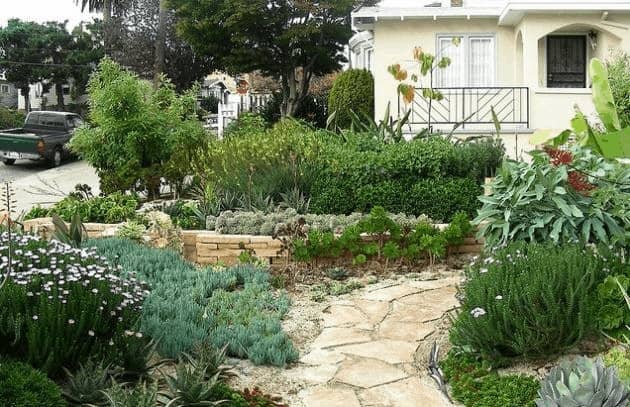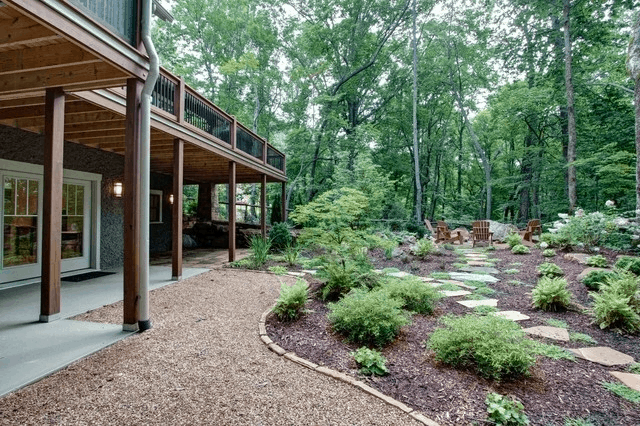The lawn, just like the graphite pencil or the iPhone, is an invention. Early European immigrants brought turf lawns to the New World and, despite the heat of Spanish Florida, the grueling winters of New York, the arctic winds of the Wild West and the overall lack of rain west of the Mississippi, despite all the ways Mother Nature said, “No,” lawns seemed to stick.
Until now.
The population of the United States has doubled since 1950. The Census Bureau expects another 100 million or so by 2060. In the sprawling metropolises of the American West, in Phoenix and Denver and Los Angeles and Salt Lake City, the water is running out.
Every day, some nine or more billion gallons – that’s 30-50 percent of all residential water usage – goes to landscaping and turf lawns. About half of that water ends up in the gutter.
One day, the Denver Water Department had enough, so someone there coined a new word, a fancy Greek-based term called xeriscaping. Xeriscaping is a method of landscaping residential or commercial properties that reduces the need for and consumption of supplemental water.

Xeriscaping has seven key principles:
- Design a scale diagram of the to-be xeriscape.
- Amend the dirt with natural compost or gravel-based soil.
- Efficiently irrigate the landscape. Minimize evaporation and runoff using terraces and ground-based irrigation.
- Grow plants in zones, matching each plant with the zone receiving the appropriate amount of wind, moisture and sunlight.
- Keep plants cool and prevent erosion using mulch.
- Limit the use of cold-season turf grasses.
- Maintain the landscape through fertilization, aeration and pruning.
When most people see the word, “xeriscaping,” they either grab a dictionary or envision dusty swatches of assorted cacti. But xeriscaping can be implemented in a wide range of ways. Xeriscaping actually does allow for turf grass in recreational areas, the principles just plan for the grass more effectively.

Rather than specifically promoting only native plants, xeriscaping advocates using florae suited to available resources. Plants develop deeper roots, empowering them to survive droughts. Plus, by minimizing water application, xeriscaping prevents over-fertilization and curtails compulsory maintenance.
Smaller water bills, healthier plants, beautiful gardens – what’s not to love?
Unfortunately, many homeowners associations have attempted to strangle xeriscaping with rolls of red tape. Thankfully, in at least one state, Texas, the government has protected the rights of all homeowners to install drought-resistant landscaping, compost their vegetation and implement efficient irrigation systems. In Los Angeles, the Metropolitan Water District of Southern California offers residential rebates of $1.75 per square foot to remove turf lawns and replace them with xeriscapes.
So why not get ahead of the curve and jump on the xeriscaping trend right now?
About Bryn Huntpalmer
Bryn Huntpalmer is a mother of two young children living in Austin, Texas, where she currently works as an Editor for Modernize and nurtures her HGTV obsession. In addition to regularly contributing to Home Decor and Design websites around the web, her writing can be found on Lifehacker, Scary Mommy, About.com and on her personal blog Her Own Wings.
Note: This is a guest post; the views and opinions expressed are those of the author and do not necessarily reflect the opinion or position of Redfin.



























 United States
United States Canada
Canada